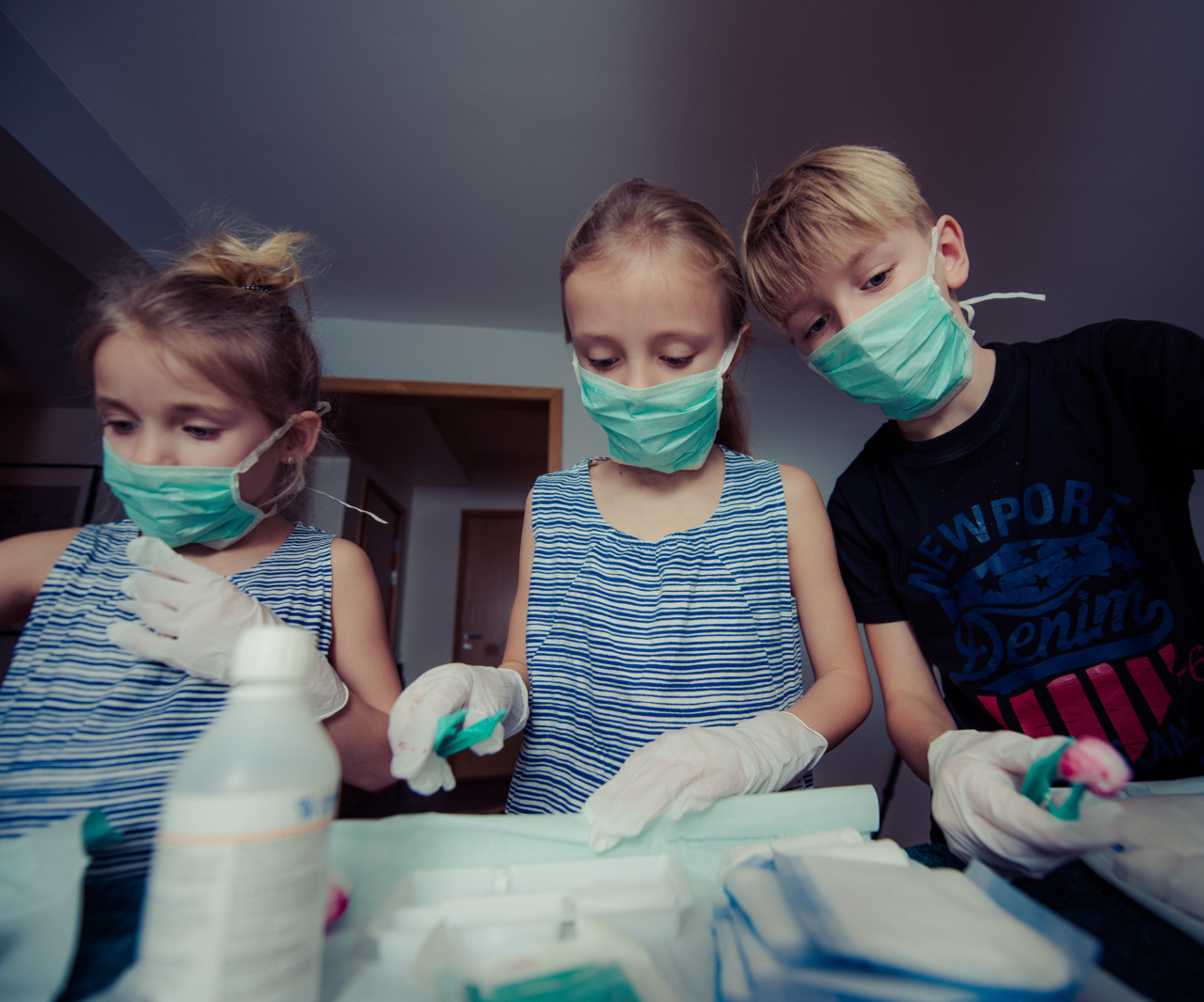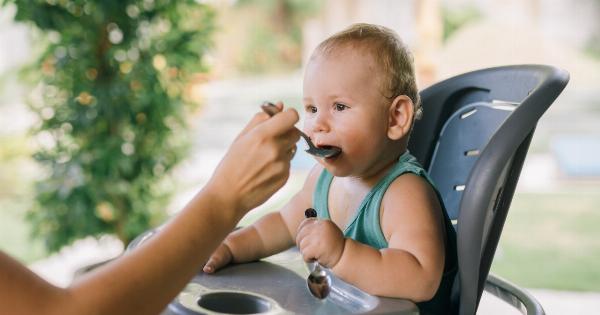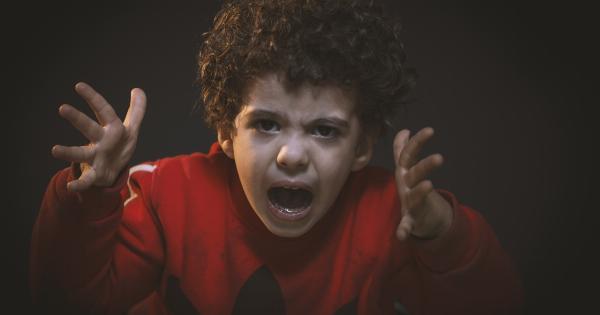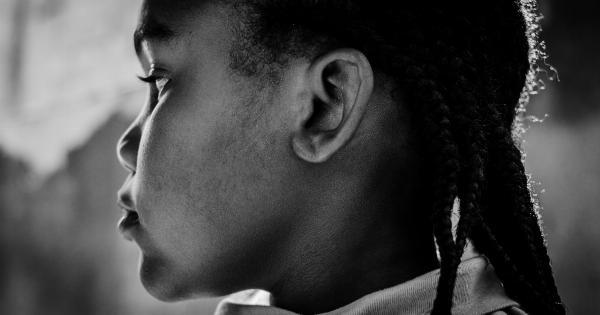It can be a terrifying experience for parents or caregivers when a child loses consciousness. This sudden loss of awareness can have various causes, ranging from something as simple as a fainting spell to more serious underlying medical conditions.
Knowing how to respond and provide immediate first aid can make a significant difference in the outcome. In this article, we will discuss important first aid tips for when a child loses consciousness.
1. Stay Calm and Assess the Situation
The first and most crucial step is to stay calm. Panicking will not help the child nor allow you to think clearly. Take a deep breath and assess the situation.
Look around for any potential dangers or hazards that could harm the child, such as sharp objects or a dangerous environment. If it is safe, gently lay the child on their back.
2. Check for Responsiveness
Once the child is in a safe position, try to stimulate their response by gently tapping their shoulder or calling their name. If the child does not respond, gently shake them. If there is still no response, your child may be unconscious.
Ensure that someone has called for emergency medical help before proceeding with further steps.
3. Open the Airway
If a child is unconscious, their airway may be blocked or compromised, making it difficult for them to breathe. To open the airway, place one hand on the child’s forehead and gently tilt their head back.
Use the other hand to lift their chin slightly forward. This maneuver should help clear any obstruction and allow for proper airflow.
4. Check for Breathing
Next, check if the child is breathing. Look for any rise or fall in their chest, listen for breath sounds, and feel for exhaled air. Do this for no longer than 10 seconds. If the child is not breathing or only gasping, it indicates a medical emergency.
Begin performing cardiopulmonary resuscitation (CPR) immediately, if you are trained to do so.
5. If the Child is Breathing
If the child is breathing, place them in the recovery position. This position helps maintain an open airway and prevents choking on any fluids or vomit. Lay the child on their side with their bottom arm extended and the top arm bent at a right angle.
Bend the top leg at the knee for stability. Monitor their breathing and stay with them until medical help arrives.
6. Stay Equipped and Be Prepared
When it comes to emergencies involving children, being prepared is essential. Keep a well-stocked first aid kit at home and in your car. Familiarize yourself with the contents of the kit and ensure they are in good condition.
Additionally, consider taking a first aid and CPR course to gain the necessary knowledge and confidence to respond appropriately during emergencies.
7. Recognize the Causes
Loss of consciousness in children can be caused by various factors. Common causes include fever, head injury, seizures, dehydration, low blood sugar, choking, or an underlying medical condition.
Understanding the potential causes can help you provide better information to medical professionals and enable them to provide appropriate treatment.
8. Watch for Seizures
If the child experiences a seizure during loss of consciousness, you need to take specific precautions. Protect the child from any potential hazards by moving objects away from them. Do not attempt to hold them down or stop the seizure.
Instead, cushion their head and remove any tight clothing that may restrict their breathing. Note the duration of the seizure, and once it has stopped, place the child in the recovery position.
9. Stay with the Child until Medical Help Arrives
It is crucial to stay with the child until medical help arrives, especially during a loss of consciousness. Monitor their breathing and other vital signs while providing reassurance and comfort.
If the child regains consciousness, inform them of what happened and ensure they are calm. Do not allow them to eat or drink anything until they have been evaluated by a medical professional.
10. Follow Up with Medical Evaluation
After the child has regained consciousness and has received initial medical care, it is important to follow up with a medical evaluation.
Even if the episode seemed minor or transient, a thorough evaluation by a healthcare provider can help determine the cause and prevent future occurrences. Provide the healthcare professional with all the necessary information and details regarding the incident.






























